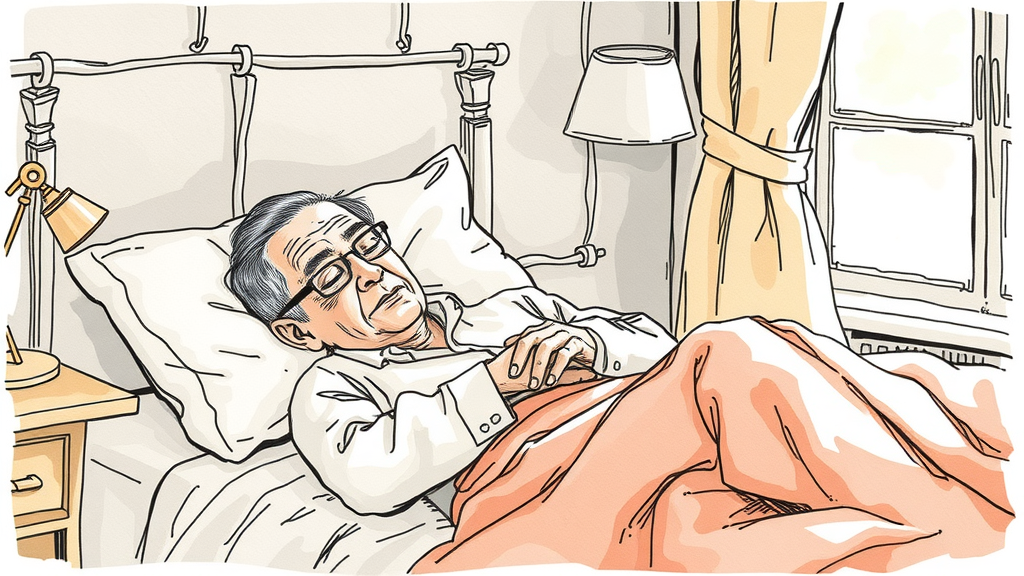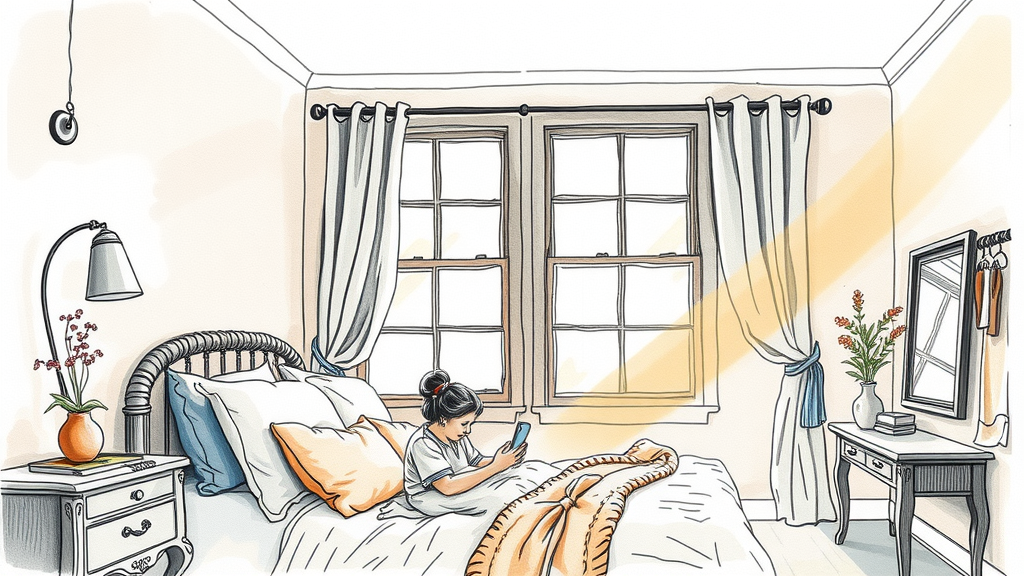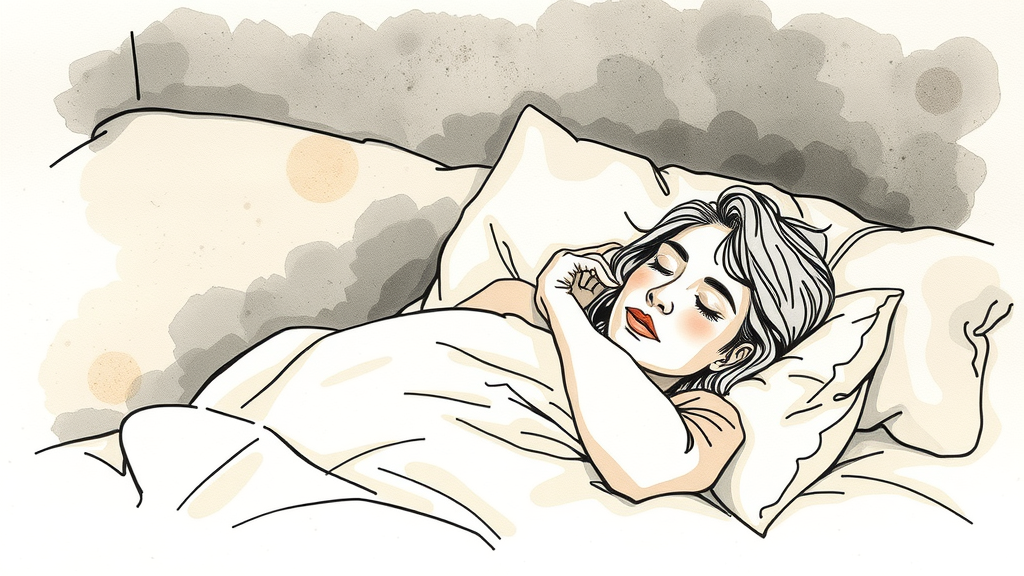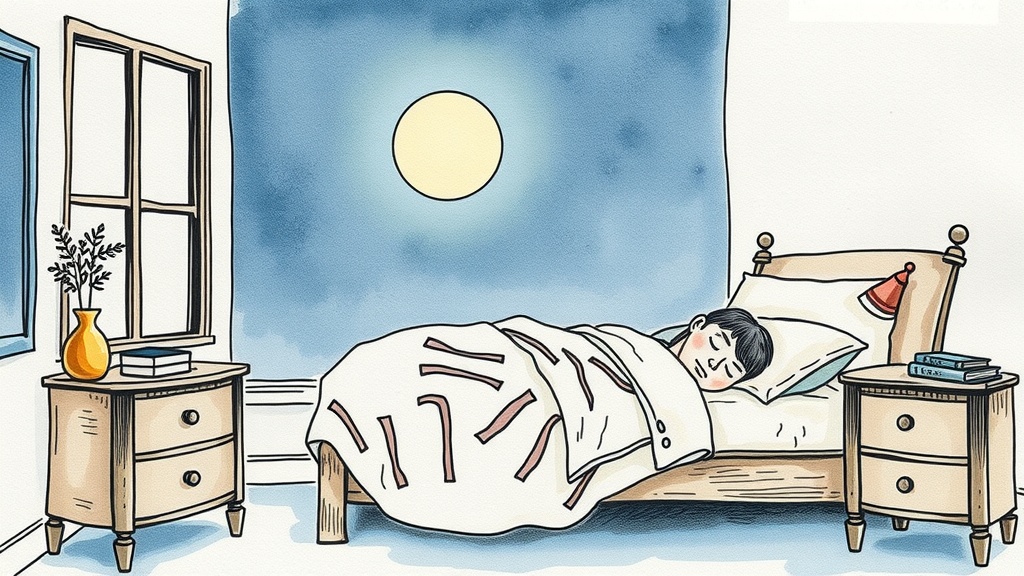· Don Schmidt · Guides · 7 min read
The Ultimate Guide to CBTI for Caregivers
Discover how CBTI, a powerful sleep therapy, can help caregivers improve their own sleep and manage stress effectively. Learn practical strategies for better rest.
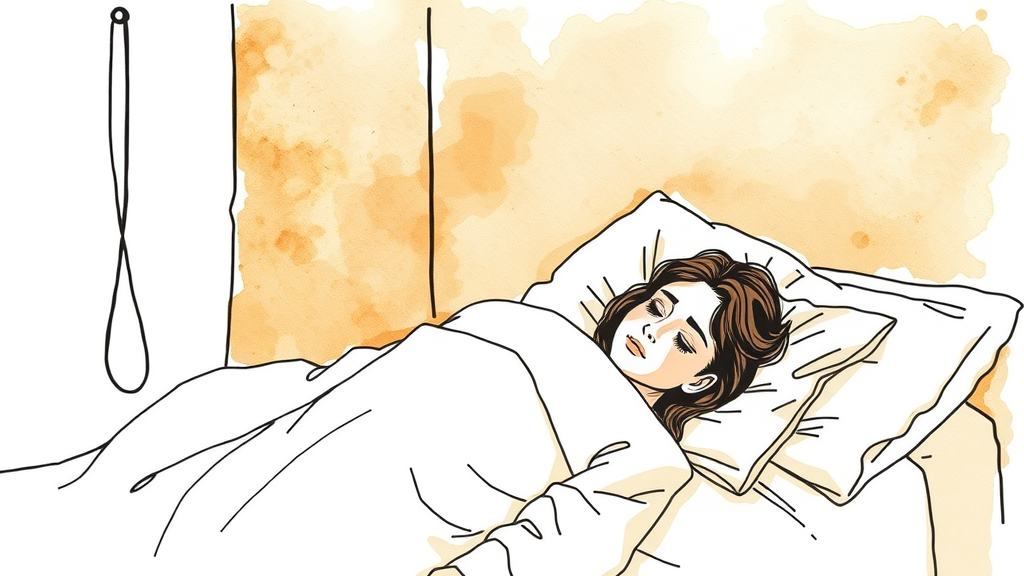
Introduction: The Hidden Burden of Sleepless Nights for Caregivers
Caregiving is a profound act of love and dedication, yet it often comes with immense personal challenges. Among the most pervasive and often overlooked is the silent struggle with sleep. Caregivers frequently find their sleep disrupted by responsibilities, worry, and stress, leading to exhaustion that impacts their health, mood, and ability to provide care. If you’re a caregiver struggling with sleep, you’re not alone, and there’s a powerful, evidence-based solution that can help: Cognitive Behavioral Therapy for Insomnia (CBTI).
This ultimate guide will delve into what CBTI is, why it’s uniquely suited for caregivers, and how you can implement its principles to reclaim your nights and revitalize your days. It’s time to prioritize your well-being, because a well-rested caregiver is a more effective and resilient caregiver.
Understanding CBTI: More Than Just Sleep Tips
At its core, CBTI is a structured, short-term sleep therapy that helps individuals identify and replace thoughts and behaviors that prevent them from sleeping soundly. Unlike quick fixes or medication, CBTI addresses the root causes of insomnia, empowering you with sustainable strategies for better sleep. It’s recognized as the gold standard treatment for chronic insomnia.
Many people wonder, what is cbti? It’s a multi-component approach that focuses on changing both the ‘cognitive’ (thoughts, beliefs) and ‘behavioral’ (habits, routines) aspects linked to sleep difficulties. For caregivers, whose sleep is often directly tied to their demanding role, CBTI offers practical tools to navigate these unique challenges.
Why CBTI is Essential for Caregivers
Caregivers face a unique set of obstacles when it comes to sleep:
- Erratic Schedules: Caring for someone often means responding to needs at all hours, breaking up natural sleep cycles.
- Chronic Stress and Worry: The emotional and financial burdens can lead to persistent anxiety, making it hard to relax and fall asleep.
- Physical Exhaustion: While tired, the body might be too wired from stress to rest properly.
- Guilt: Caregivers often feel guilty taking time for themselves, including prioritizing sleep.
Traditional sleep advice often falls short for caregivers because it doesn’t account for these complexities. CBTI, however, provides a framework that can be adapted to a caregiver’s reality, offering ways to improve sleep despite ongoing demands.
Key Components of CBTI for Caregivers
CBTI typically involves several core techniques. Here’s how each can be particularly beneficial for caregivers:
1. Sleep Restriction Therapy (SRT)
This counterintuitive technique involves intentionally limiting the time spent in bed to the actual amount of time you spend sleeping. For example, if you’re only sleeping 5 hours but spending 8 hours in bed, you’d initially restrict your time in bed to 5.5 hours. This builds up ‘sleep drive,’ making sleep more consolidated and efficient. As your sleep improves, you gradually increase your time in bed.
- Caregiver Benefit: While challenging, SRT can help consolidate fragmented sleep, making the sleep you do get more restorative. It forces the body to associate the bed solely with sleep.
2. Stimulus Control Therapy (SCT)
SCT aims to re-associate your bed and bedroom with sleep and relaxation, breaking the connection with wakefulness or stress. It involves rules like:
Go to bed only when sleepy.
Use the bed only for sleep and intimacy.
If you can’t sleep after 20 minutes, get out of bed and do something calming in another room until sleepy again.
Wake up at the same time every day, regardless of how much you slept.
Caregiver Benefit: This is crucial for caregivers who might use their bed for paperwork, worrying, or even monitoring the person they care for. It helps create a clear psychological boundary for sleep.
3. Cognitive Restructuring
This component addresses the negative thoughts and beliefs about sleep that can perpetuate insomnia. Examples include “I’ll never sleep again” or “If I don’t get 8 hours, I’ll be useless.” CBTI helps you identify these thoughts, challenge them, and replace them with more realistic and helpful ones.
- Caregiver Benefit: Caregivers often harbor significant guilt or anxiety related to their performance, which directly impacts sleep. Cognitive restructuring helps manage these mental hurdles, reducing nighttime worry.
4. Sleep Hygiene Education

This involves general healthy sleep practices, such as maintaining a consistent sleep schedule, creating a comfortable sleep environment, avoiding caffeine and alcohol before bed, and regular exercise (but not too close to bedtime).
- Caregiver Benefit: While often not enough on its own, good sleep hygiene provides the foundational support for other CBTI techniques. Even small improvements can make a difference.
5. Relaxation Techniques
Techniques like progressive muscle relaxation, diaphragmatic breathing, or mindfulness meditation can help calm the mind and body before sleep. These practices teach your body how to switch from a state of alertness to one of relaxation.
- Caregiver Benefit: Given the high stress levels, relaxation techniques are invaluable for caregivers to wind down and disengage from their responsibilities, preparing for rest.
Implementing CBTI: Practical Tips for Busy Caregivers
- Start Small: Don’t try to implement everything at once. Pick one or two techniques to focus on first.
- Keep a Sleep Diary: Track your sleep patterns, habits, and any related thoughts. This provides valuable data and helps you identify triggers.
- Seek Flexibility (Where Possible): CBTI is often highly structured, but caregivers may need to adapt. Discuss any necessary modifications with a CBTI specialist if you seek professional help.
- Communicate Needs: If possible, communicate your need for undisturbed sleep to other family members or support networks.
- Be Patient: CBTI takes time and consistency. Don’t get discouraged by setbacks.
The Broader Impact: Beyond Just Sleep
Improved sleep through CBTI doesn’t just mean more hours of rest. For caregivers, it translates to:
- Reduced Stress and Burnout: Better sleep helps regulate emotions and increases resilience.
- Enhanced Cognitive Function: Improved focus, memory, and decision-making abilities.
- Better Physical Health: Stronger immune system, reduced risk of chronic diseases.
- Improved Mood and Quality of Life: Less irritability, more positive outlook.
- More Effective Caregiving: You’re better equipped to handle the demands of your role when you’re well-rested.
CBTI is not just a sleep therapy; it’s a pathway to reclaiming your own well-being amidst the demands of caregiving.
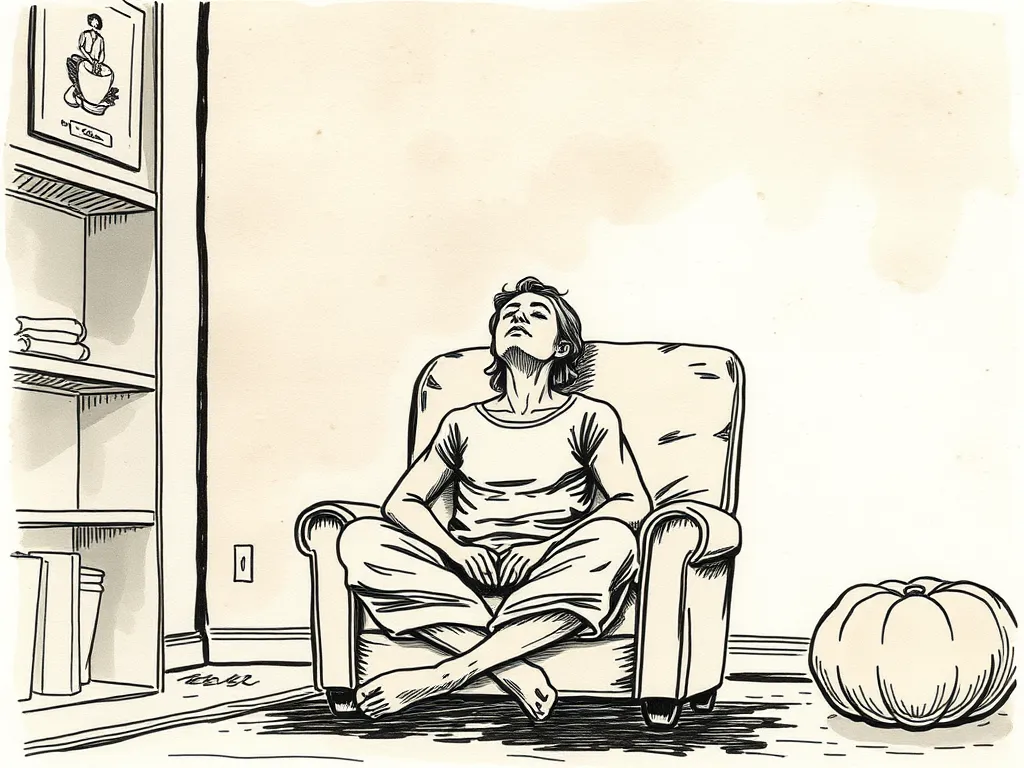
Conclusion: Prioritizing Your Rest
Being a caregiver is one of life’s most challenging yet rewarding roles. However, neglecting your own sleep can have profound negative consequences for both you and the person you care for. CBTI offers a proven, drug-free path to overcoming insomnia and establishing healthy sleep patterns. By understanding and applying its principles, you can take a crucial step towards better health, greater resilience, and a more sustainable caregiving journey.
Remember, your well-being matters. Prioritizing your sleep isn’t selfish; it’s essential.
Frequently Asked Questions About CBTI for Caregivers
Q1: Is CBTI effective for everyone, even with demanding caregiver schedules?
A1: While demanding schedules present unique challenges, CBTI is highly adaptable. Its principles focus on optimizing the sleep you can get and improving your relationship with sleep. Many caregivers find significant benefit by applying CBTI strategies, often with guidance from a therapist who can help tailor the approach.
Q2: How long does it take for CBTI to start working?
A2: Most individuals begin to see noticeable improvements in their sleep within 4-8 weeks of consistently practicing CBTI techniques. However, the exact timeline can vary depending on individual circumstances and the severity of insomnia.
Q3: Do I need a therapist to do CBTI?
A3: While professional guidance from a CBTI therapist is highly recommended for the most effective and personalized treatment, there are also self-help CBTI books and online programs available. For caregivers, seeking professional support can be particularly beneficial due to the complexity of their sleep challenges.
Q4: Can CBTI help with fragmented sleep due to nighttime care duties?
A4: Yes, CBTI can help. While it might not eliminate the need for nighttime awakenings, it can improve the quality of the sleep you get between duties. Techniques like stimulus control and cognitive restructuring help ensure that when you are in bed, you’re more likely to sleep efficiently, reducing anxiety about waking up and promoting quicker re-entry into sleep.
Assess Your Sleep Quality Today
Take our My Sleep Health Score assessment to get personalized insights about your sleep patterns and discover how CBT-I can help you achieve better sleep.

Don Schmidt
15+ years of experience in sleep therapy and Cognitive Behavioral Therapy for Insomnia (CBT-I). Passionate about connecting individuals struggling with sleep disorders to evidence-based, non-medical treatment solutions. Author of hundreds of articles and comprehensive guides on sleep health, CBT-I techniques, and overcoming insomnia. When not helping clients achieve better sleep, you can find me hiking with my family and dogs or enjoying a good book.
Ready to connect with a provider?
Allow us to connect you with a provider who can help.
